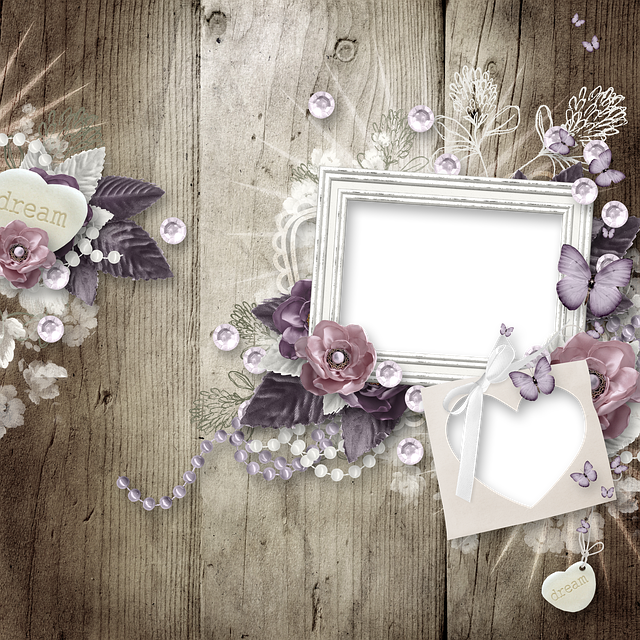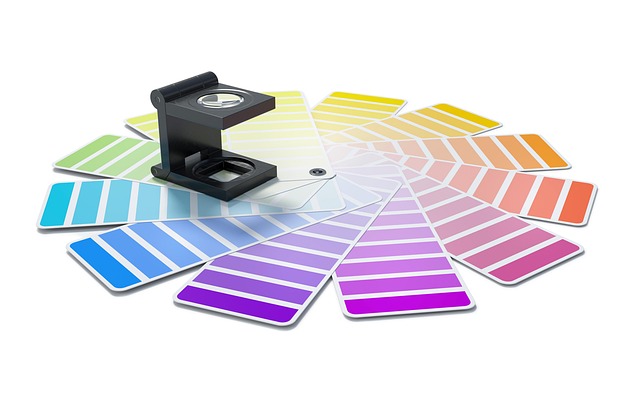Embrace the Visual Storytelling with Photobooks
As a photographer, you capture moments in time that tell a story, evoke emotions, and connect people to their memories. But how do you transform that digital collection of images into a tangible masterpiece? The answer lies in the art of photobook design. Creating a photobook is not just about placing images in order; it’s about curating an experience that resonates with the viewer.
The Art of Selection
The first step in designing a photobook is selecting the right images. This process goes beyond choosing your favorite shots; it involves understanding the narrative you wish to convey. Look for images that complement one another and contribute to the overarching theme. Consider color schemes, lighting, and emotional impact. Each photograph should serve a purpose in telling your story, drawing the viewer deeper into your world.
Design Principles to Enhance Your Photobook
Once you have selected your images, it’s time to turn your attention to the design. The layout of your photobook plays a crucial role in how the story unfolds. Here are some key design principles to keep in mind:
- Balance: Distribute images evenly throughout your photobook to maintain visual harmony. A well-balanced design prevents any one page from feeling overcrowded or underwhelming.
- White Space: Embrace negative space as it allows the viewer’s eyes to rest and creates a sense of sophistication. It can help important images stand out.
- Typography: Don’t underestimate the power of text. Use thoughtful typography to enhance your visuals. Select fonts that resonate with the style of your photography and are easy to read.
- Flow: Pay attention to the sequence of images and how they relate to one another. Creating a sense of flow will guide your audience through the journey you’re sharing.
Creating a Color Palette
A cohesive color palette can significantly enhance the aesthetic of your photobook. Choose colors that reflect the mood and theme of your imagery. Whether you go for bold contrasts or soft pastels, maintaining a consistent color look will unify the design. Don’t be afraid to experiment with backgrounds, borders, and overlays that echo the emotions in your photographs.
Text and Captions
While images often speak for themselves, incorporating text in strategic places can provide context, evoke emotions, or simply add a personal touch. Captions can serve as guides, enhancing the viewer’s understanding of your vision. Consider telling the backstories of important moments or describing what you felt when capturing each shot.
Choosing the Right Material
The physical properties of your photobook matter just as much as your design choices. Depending on your budget and intended audience, you can choose from a variety of papers, finishes, and binding options. A high-quality photobook feels luxurious in the hands and can elevate the overall experience for the viewer.
The Final Touches
As you near the finish line, take a step back and view your photobook as a whole. Ask yourself if it effectively conveys the story you want to share. Don’t hesitate to make final adjustments in layout or design elements. Getting feedback from fellow photographers or trusted friends can also provide valuable perspectives.
Creating a photobook is an intimate process—a chance to showcase your artistry and preserve memories in a unique way. By mastering the art of design in your photobook, you not only celebrate your photography but also create an emotional connection with your audience, inviting them into the stories you tell through your lens.




